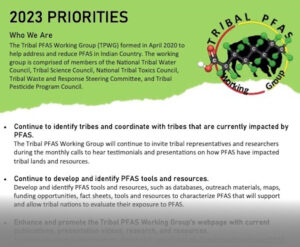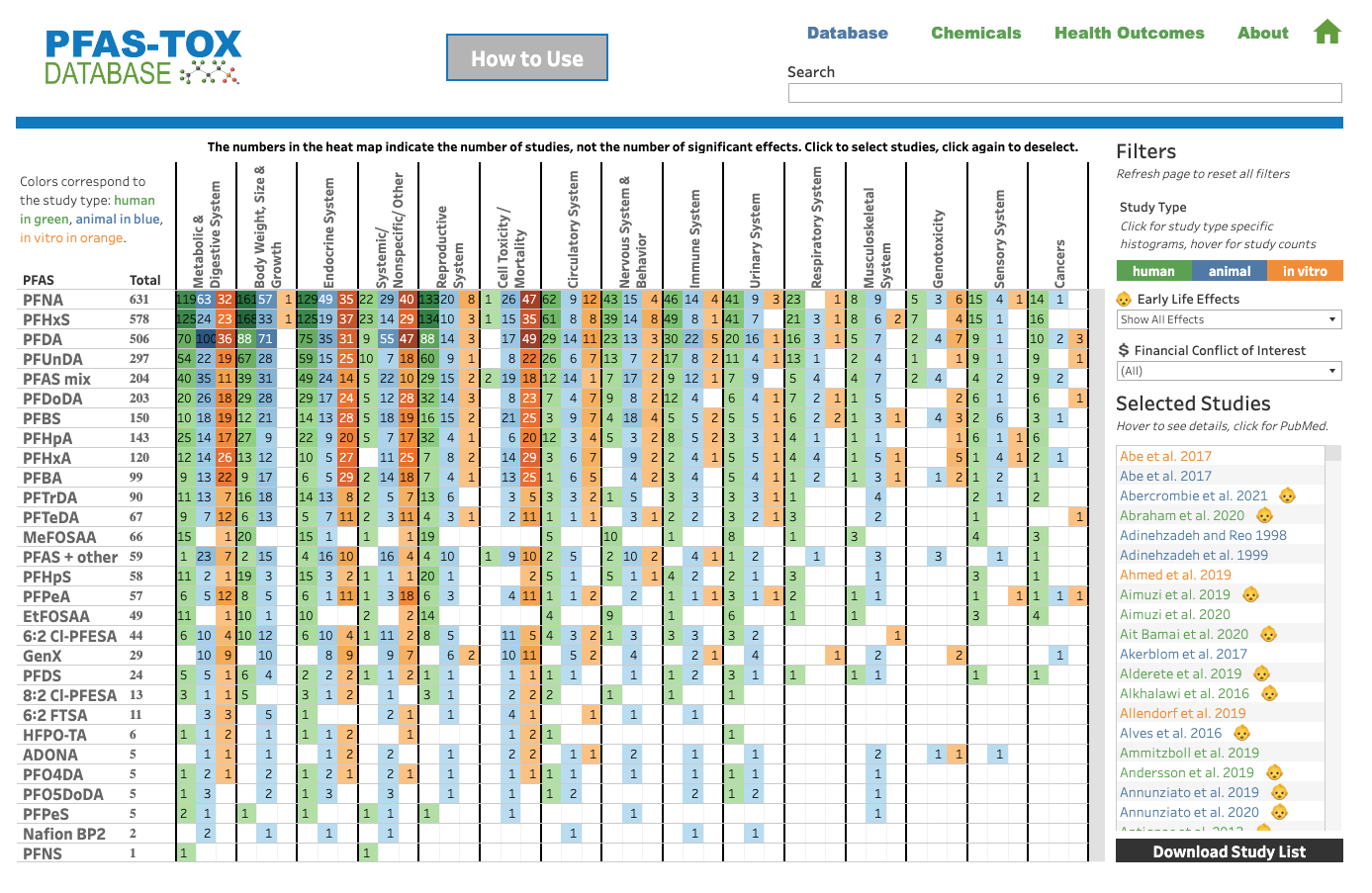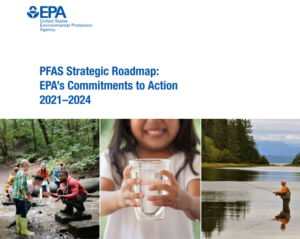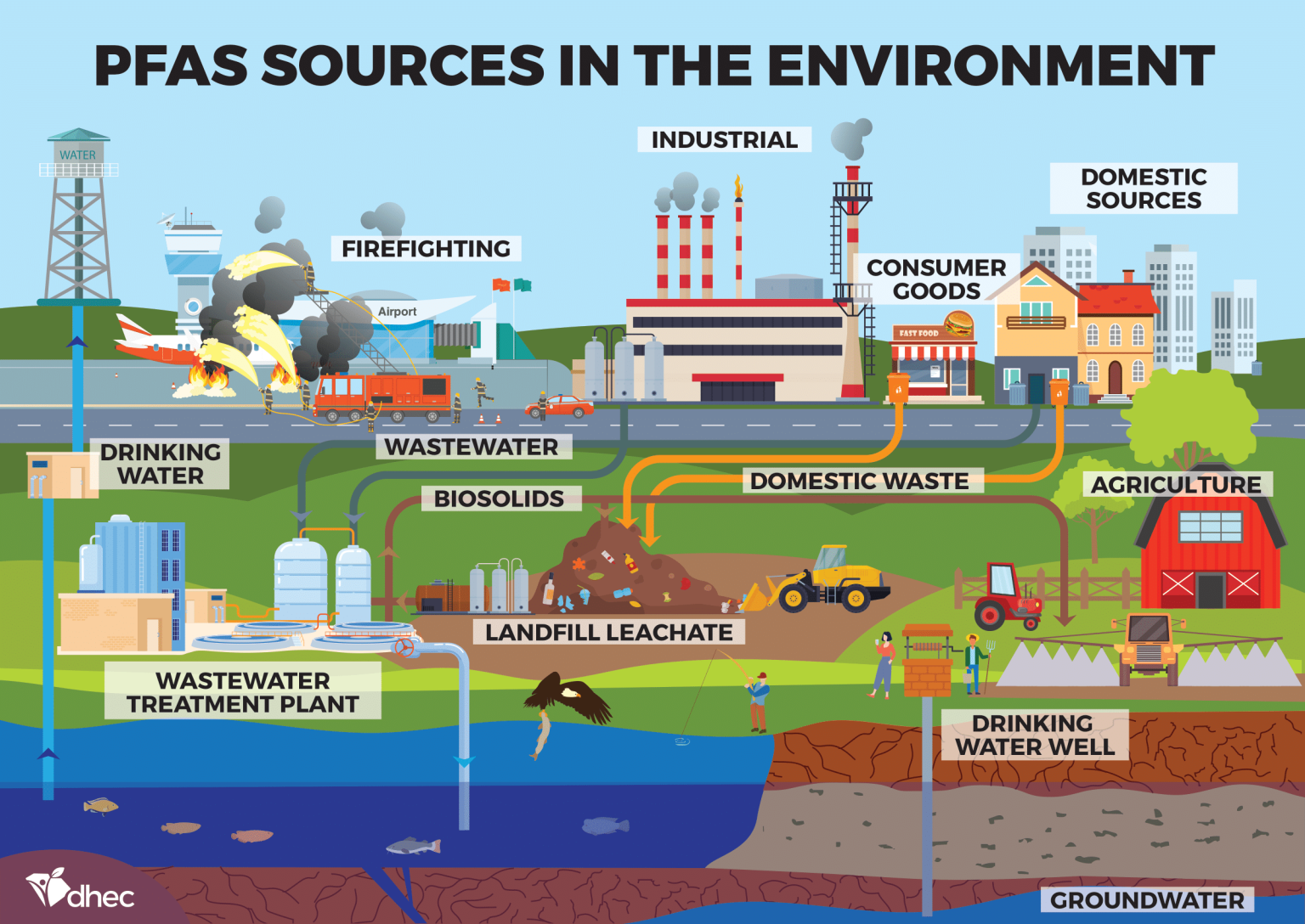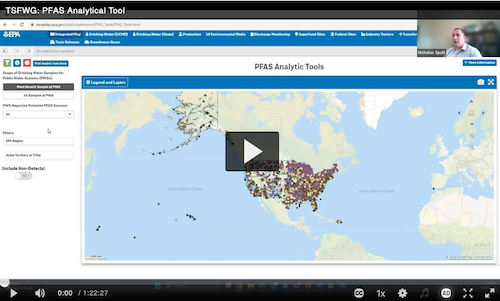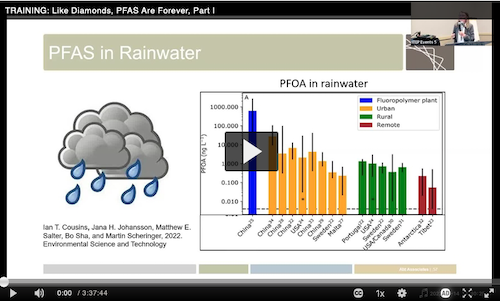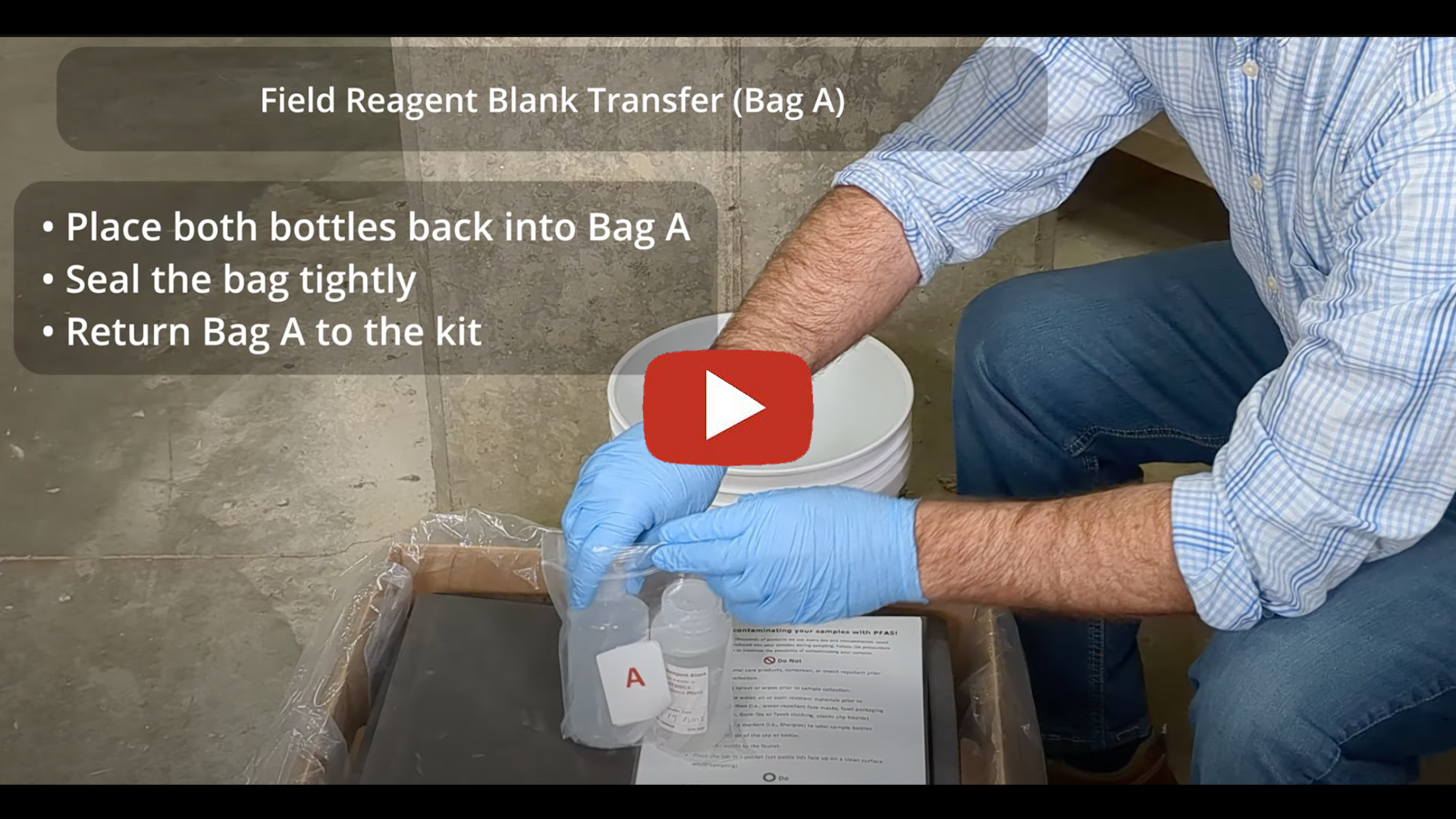Those of you working on Superfund sites, Federal Facilities, brownfields, and other contaminated sites are no doubt having to address the many problems PFAS cause. We want this section of TLAC to be a constantly evolving and helpful resource for you, providing contacts, current research, tools, and useful recordings. If there is a resource you think would help others, and should be included here, please let us know.
PFAS Resources
The Tribal PFAS Working Group’s 2023 Priority Document
The Tribal PFAS Working Group is composed of Tribal professionals who are working on the front lines and who also serve on the National Tribal Water Council, Tribal Waste & Response Steering Committee, Tribal Science Council, National Tribal Toxics Council, or the Tribal Pesticide Program Council. They are a great resource for all Tribal staff working to understand PFAS and publish an annual priorities document as well as other resources and webinars. You can also find them through their Facebook page.
The PFAS-Tox interactive seach grid
The PFAS Project Lab by Northeastern University examines the social, scientific, and political factors of per- and polyfluoroalkyl substances. While they conduct their own research, they also maintain two databases. The first is a database of US policy and governance action tracker with over 900 entries dating back to 1999, and the second is a PFAS-tox database which is a user-friendly chart organizing available health and toxicology literature on a subset of 29 PFAS substances of growing concern in human, animals, and in vitro research. In addition, they provide resources to the public including a blog and a monthly newsletter, and they partner with several groups including the Tribal PFAS Working Group.
ITRC’s YouTube channel with brief explainer videos
The Inter-State Technology and Regulatory Council (ITRC) produces a wide variety of excellent online trainings for those working on contaminated sites. The organization has a specific section of their site dedicated to a 17-part PFAS Technical and Regulatory Guidance Document along with fact sheets, acronyms, and a glossary. They have also created a YouTube channel with brief explainer videos that accompany several of the chapters. The ITRC PFAS team offers various training events led by experts from state and federal agencies, academia, and private industry. Training events explore the key elements for characterizing and managing PFAS impacted sites. Reach out to the ITRC PFAS training team to request training. You can also access and search their full archive of recorded trainings to find trainings on several PFAS topics.
The US EPA PFAS site includes many resources including a running feed of articles on Key Actions EPA has taken to address PFAS, a list of PFAS Resources, Data and Tools by topic, and a list of PFAS Resources by State. On the Chemical Research section of their website you can also find information on PFAS related research.
Of note are two documents: the PFAS Strategic Roadmap: EPA’s Commitment to Action, 2021-2024 and the Interim Guidance on Destroying and Disposing of Certain PFAS and PFAS-Containing Materials That Are Not Consumer Products.
ASTSWMO’s PFAS website
The PFAS website created by the Association of State And Territorial Solid Waste Management Officials (ASTSWMO) is at the forefront of the discussion of the challenges posed by PFAS. In 2016, the Association formed the Contaminants of Emerging Concern (CEC) Steering Committee to keep it on the cutting edge of PFAS research and help inform the member organizations of regulatory initiatives underway across the country. This site leads to resources available from the Federal Government and almost every State.
PFAS Webinars
PFAS Analytical Tool
In this quarterly meeting of the Tribal Superfund Working Group we were joined by staff from four groups currently working on several fronts to address PFAS on or near Tribal lands.
- (Starting at 4:45) Kaylene Ritter with Abt Associates gave a brief introduction to PFAS and then discussed PFAS within the context of tribal lands.
- (Starting at 14:30) Page Hingst with the Santee Sioux Nation gave an update on the work the Tribal PFAS Working Group is doing.
- (Starting at 25:00) Amanda Van Epps with the EPA Superfund Office discussed how the EPA Superfund Office defines sites with Native American Interest and how many of those sites have PFAS detections.
- (Starting at 29:30) Nick Spalt with the EPA Office of Enforcement and Compliance Assurance provided a brief introduction and demonstration of EPA’s PFAS Analytical Tool an interactive map that combines multiple data sets.
Like Diamonds, PFAS Are Forever, Part I
Part 1 of this workshop included an introduction to PFAS, the history of PFAS, routes of exposure, health risks, Tribal specific concerns (EJ), and a case study.

